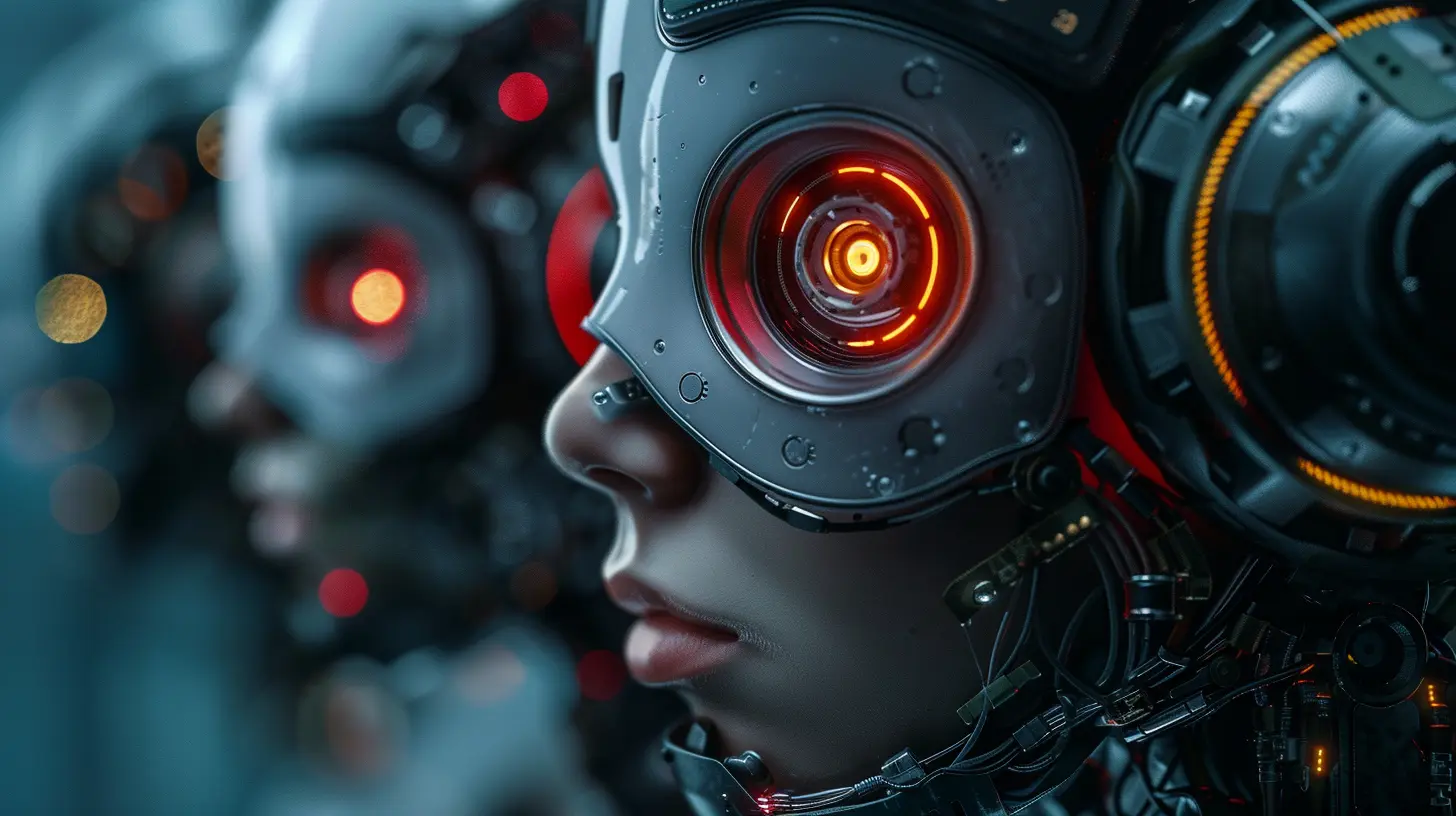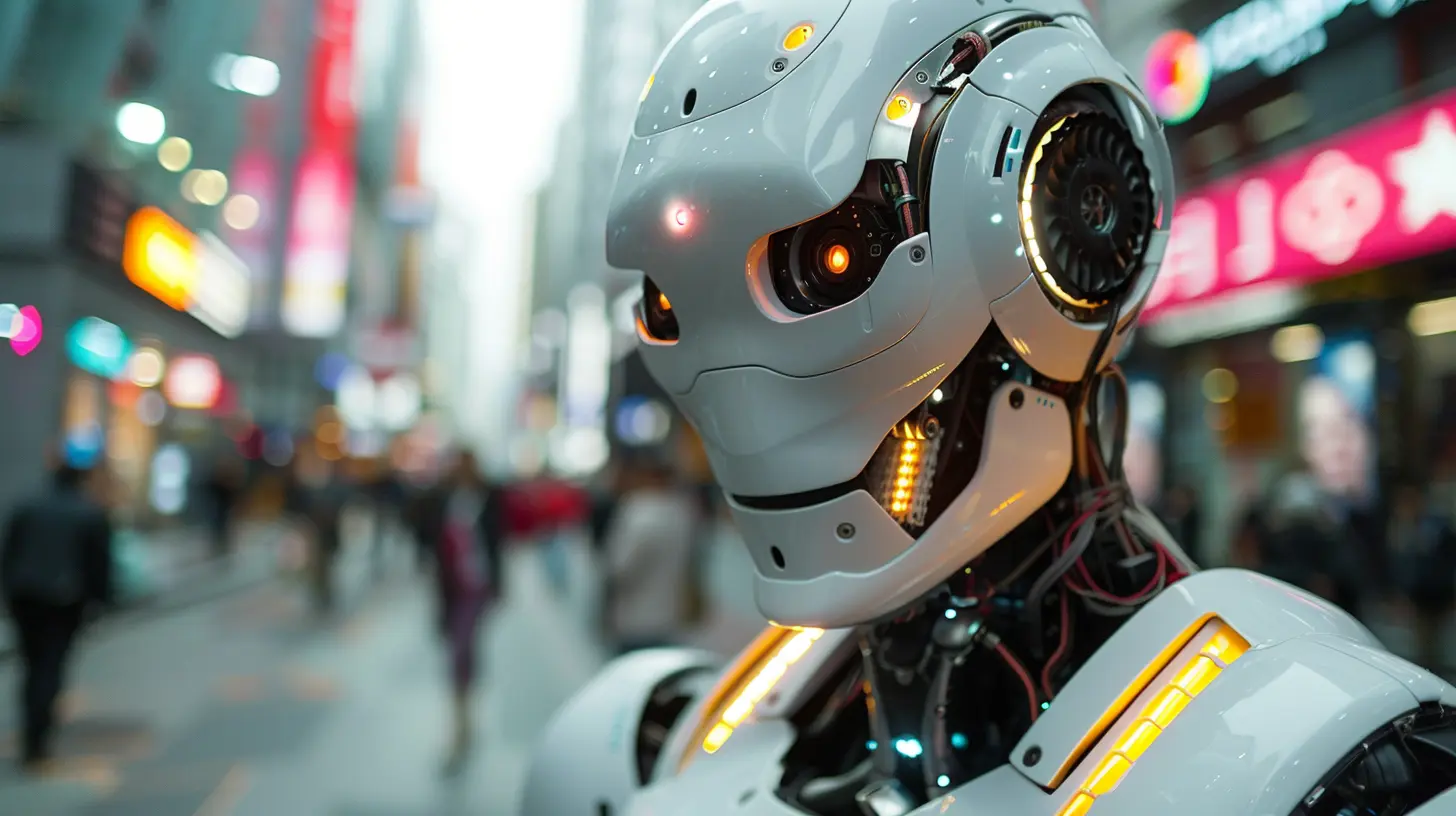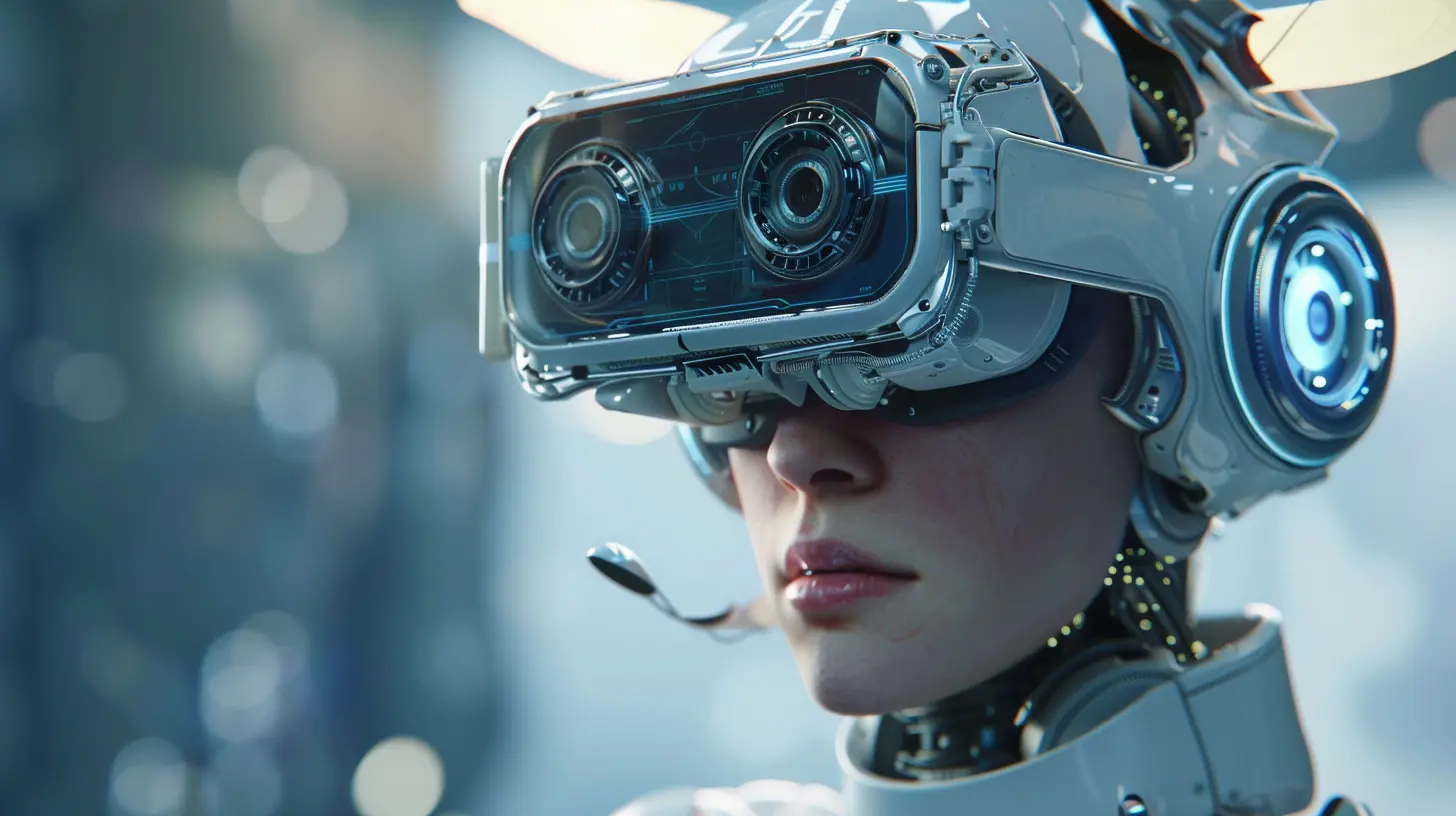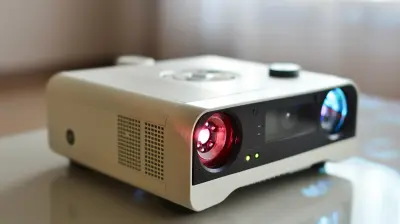The Intersection of Robotics and Wearable Tech
8 November 2025
Technology has always pushed the boundaries of human capability, and two of the most exciting fields making waves today are robotics and wearable tech. But what happens when these two powerhouse domains merge? The result is nothing short of revolutionary.
From smart prosthetics to exoskeletons that enhance human strength, the combination of robotics and wearable technology is shaping the future in ways we never imagined. Whether it’s improving healthcare, revolutionizing sports, or enhancing everyday life, this intersection is where science fiction turns into reality.
Let’s dive deep into how robotics and wearable tech are working together to change the world.

What Are Wearable Robotics?
Wearable robotics is exactly what it sounds like—robotic technology worn on the body to assist or enhance human functions. Unlike traditional robots that operate independently, wearable robotics interact directly with the user, working to improve movement, strength, or sensory abilities.Think of it like a high-tech suit that gives you superpowers—except this is real, and it’s already impacting industries from healthcare to the military.
Key Components of Wearable Robotics
For wearable robotics to function effectively, they rely on some crucial technologies:- Actuators and Motors – These are miniature engines that help move the device, mimicking human muscle function.
- Sensors – Measuring things like muscle movement, pressure, and brain signals, sensors allow the robot to understand what the wearer wants to do.
- Artificial Intelligence (AI) – AI processes the data collected by sensors and makes real-time adjustments to improve the user’s experience.
- Power Sources – Wearable robots must be lightweight but powerful, creating a constant challenge for battery technology.

How Robotics is Transforming Wearable Technology
The moment you blend robotics with wearables, you're looking at a future where disabilities turn into possibilities, and human limitations get a serious upgrade. Here are some industries that are benefiting massively from this fusion.1. Healthcare and Rehabilitation
One of the most life-changing applications of wearable robotics is in healthcare. Millions of people with mobility impairments rely on wheelchairs or walkers, but robotic exoskeletons are rewriting that story.Smart Prosthetics
Gone are the days of simple artificial limbs. Today’s robotic prosthetics use AI and sensors to mimic the function of natural limbs, responding in real time to the wearer’s movements. Some even allow users to "feel" through nerve stimulation!Exoskeletons for Paralyzed Patients
Imagine someone who has been wheelchair-bound for years suddenly being able to walk again. Robotic exoskeletons are making this a reality by supporting and guiding movement, giving wearers newfound independence.Assistance for Stroke Recovery
For stroke survivors, regaining movement is a long journey. Wearable robots help rehabilitate them by guiding limbs through natural movements, allowing the brain to relearn motor skills more efficiently.2. Enhancing Human Performance
Wearable robotics isn’t just about restoration—it’s also about enhancement. Think Iron Man, but real.Military and Industrial Use
Soldiers and factory workers often carry heavy loads, leading to fatigue and injury. Robotic exoskeletons are now being used to reduce strain by adding mechanical support, allowing users to lift more weight with less effort.Athletic Performance Boosters
Athletes are using wearable robotics to train smarter. Smart suits with embedded sensors analyze muscle movement and provide real-time feedback, helping improve form and prevent injuries.3. Wearable Robotics in Everyday Life
You don’t have to be an athlete or patient to experience the magic of wearable robotics. Everyday gadgets are becoming more sophisticated, blending seamlessly into our lives.Smart Clothing and Accessories
Garments with embedded robotics are emerging, offering features like posture correction, muscle stimulation, and even air-conditioned fabrics for temperature control.Haptic Feedback Devices
Ever wished you could "feel" objects in virtual reality? Haptic gloves with robotic feedback are making this possible by simulating touch, pressure, and even texture in digital environments.AI-Powered Personal Assistants
Robots are now wearable! Devices like smart glasses and AI-powered earpieces provide real-time translations, reminders, and even health monitoring to help you stay productive.
Challenges & The Road Ahead
Despite the mind-blowing advancements, wearable robotics still have a long way to go. Some major challenges include:- Power Limitations – Most devices still rely on bulky batteries, impacting usability.
- Affordability – Advanced tech comes with a hefty price tag, making it inaccessible for many.
- User Comfort – A device worn daily must be lightweight, comfortable, and unobtrusive.
That said, with innovations in AI, nanotech, and battery efficiency, we’re only scratching the surface of what’s possible.

The Future of Robotics and Wearable Tech
Picture a world where robotic wearables are as common as smartphones. Some exciting possibilities include:- Brain-Integrated Wearables – Devices that connect directly to our brain, allowing control through thought alone.
- Self-Healing Exoskeletons – Materials that repair themselves, extending the lifespan of robotic wearables.
- Health-Monitoring Suits – Clothes that diagnose diseases before symptoms even appear.
The fusion of robotics and wearable technology is not just a trend—it’s the future. And it’s unfolding faster than we ever imagined.
all images in this post were generated using AI tools
Category:
RoboticsAuthor:

Michael Robinson
Discussion
rate this article
1 comments
Wolf Summers
The fusion of robotics and wearable tech is revolutionizing personal experience and functionality. With advancements in AI and sensor technology, we're witnessing a new era of intuitive devices that enhance our daily lives. Embracing this intersection not only drives innovation but also sets the stage for unprecedented human-machine collaboration.
November 9, 2025 at 12:38 PM

Michael Robinson
Absolutely! The convergence of robotics and wearable tech is indeed transforming how we interact with technology, making our experiences more intuitive and enhancing our daily lives through innovative collaboration.


